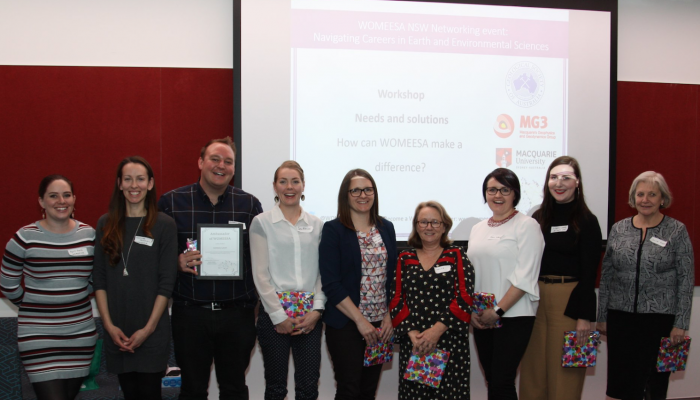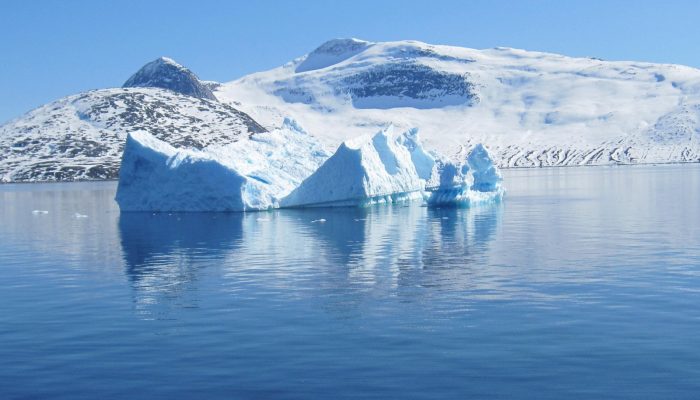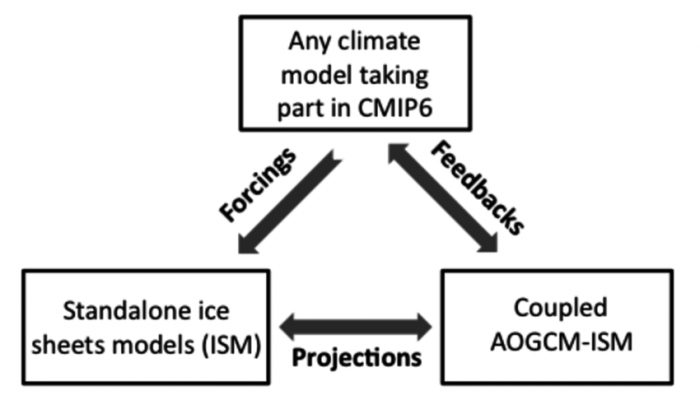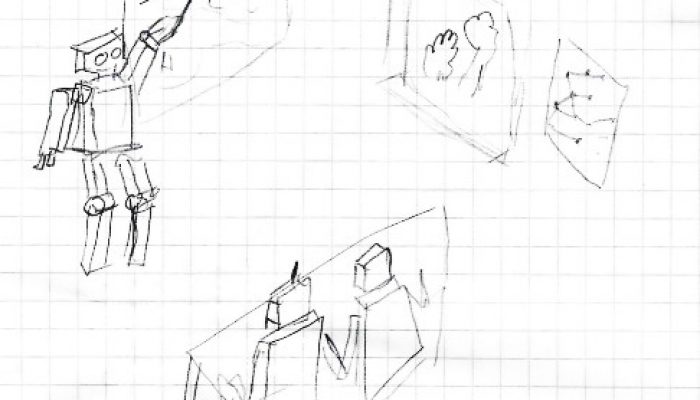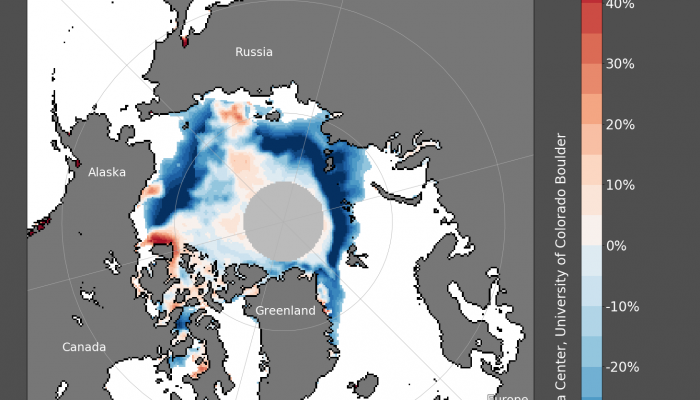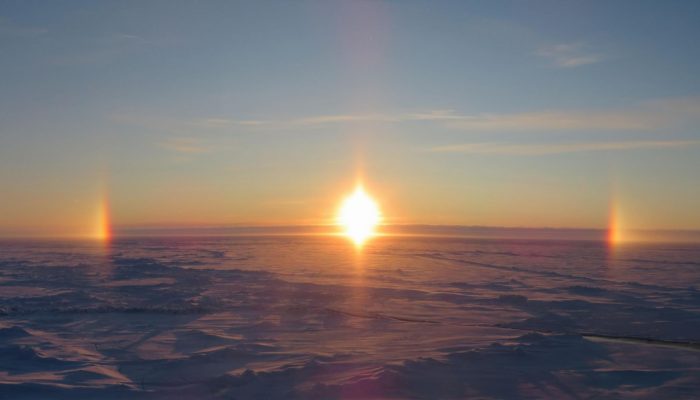The condition of women in the workplace has not always been easy. Even though the mentality of the people is changing towards inclusion and equality, it is a long way before things really change. We always observe unbalanced number of women versus number of men, unbalanced competition among colleagues for career promotion and responsibility and unequal wages between women and men in many places. M ...[Read More]
Natural Hazards
Earthquake-induced landslides and the ‘strange’ case of the Hokkaido earthquake
The population of many countries in the world is exposed to earthquakes, one of the most destructive natural hazards. Sometimes, consequent triggered phenomena can be even worse than the earthquake itself. In this context, earthquake-induced landslides often concur in life and economic losses. To better understand these induced phenomena, updated catalogues of their types and location of occurren ...[Read More]
Cryospheric Sciences
Image of the Week – Greenland’s fjords: critical zones for mixing
One of the most challenging research questions to address in the Arctic is how freshwater discharge from Greenland’s largest glaciers affects the biogeochemistry of the ocean. Just getting close to the calving fronts of these large marine-terminating glaciers is difficult. Fjords, hundreds of kilometers long and full of icebergs which shift with the wind and roll as they melt, make the commute a l ...[Read More]
Stratigraphy, Sedimentology and Palaeontology
Glacial grooves from the Laurentide Ice Sheet (Québec, Canada)
These impressive glacial grooves observed along the North Shore of the St. Lawrence Estuary (Québec, Canada) were carved into the crystalline bedrock by the Laurentide Ice Sheet. The grooves mark the basement of a complex sedimentary system known as the Tadoussac Delta, lying at the mouth of the Saguenay Fjord and intimately tied to the Late Pleistocene-Early Holocene deglaciation of the area. The ...[Read More]
Cryospheric Sciences
Image of the Week – Oh Sheet!
The Antarctic and Greenland ice sheets are major players in future sea level rise. Still, there is a lot about these ice sheets we do not understand. Under the umbrella of the World Climate Research Programme, the international scientific community is coming together to improve ice sheet modelling efforts to better grasp the implications of climate change for ice sheet evolution, and consequently, ...[Read More]
Seismology
What’s Shaking? – Facts and figures of latest earthquakes
Haven’t you heard about the recent major earthquakes which stroke the globe? No worries, the ECS-reps will post a quarterly report with basic information about the latest earthquakes you can’t miss. Let’s start with June, July and August 2018. Between the 1st June and the 31st August, 425 earthquakes with magnitude Mw above 5.0 were recorded by the international network broadband se ...[Read More]
Climate: Past, Present & Future
What can artificial intelligence do for climate science?
What is machine learning? Artificial Intelligence, and its subfield of machine learning, is a very trending topic as it plays an increasing role in our daily life. Examples are: translation programs, speech recognition software in mobile phones and automatic completion of search queries. However, what value do these new techniques have for climate science? And how complicated is it to use them? Th ...[Read More]
Geodynamics
Presentation skills – 1. Voice
Presenting: some people love it, some people hate it. I firmly place myself in the first category and apparently, this presentation joy translates itself into being a good – and confident – speaker. Over the years, quite a few people have asked me for my secrets to presenting (which – immediate full disclosure – I do not have) and this is the result: a running series on the ...[Read More]
Cryospheric Sciences
Image of the Week – The 2018 Arctic summer sea ice season (a.k.a. how bad was it this year?)
With the equinox this Sunday, it is officially the end of summer in the Northern hemisphere and in particular the end of the melt season in the Arctic. These last years, it has typically been the time to write bad news about record low sea ice and the continuation of the dramatic decreasing trend (see this post on this blog). So, how bad has the 2018 melt season been for the Arctic? Yes, the 201 ...[Read More]
Atmospheric Sciences
The puzzle of high Arctic aerosols
Current Position: 86°24’ N, 13°29’E (17th September 2018) The Arctic Ocean 2018 Expedition drifted for 33 days in the high Arctic and is now heading back south to Tromsø, Norway. With continuous aerosol observations, we hope to be able to add new pieces to the high Arctic aerosol puzzle to create a more complete picture that can help us to improve our understanding of the surface energy budget in ...[Read More]

